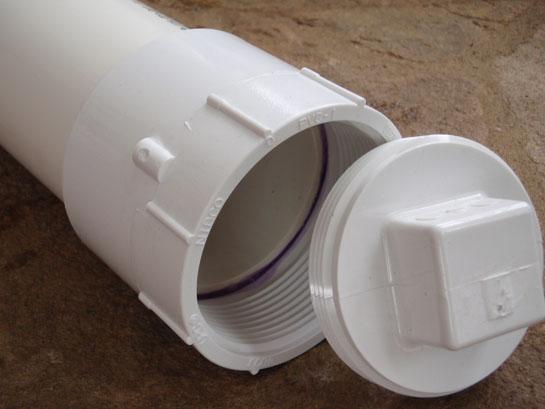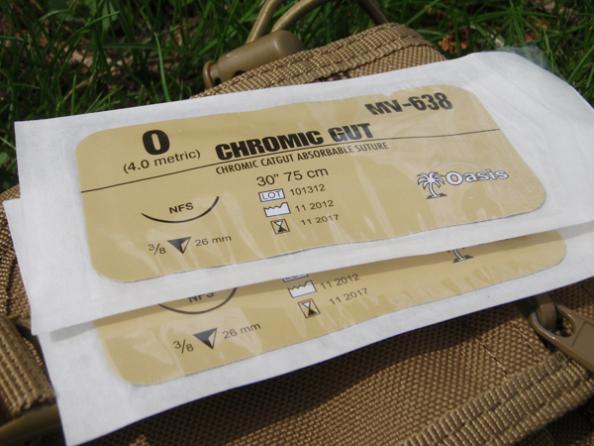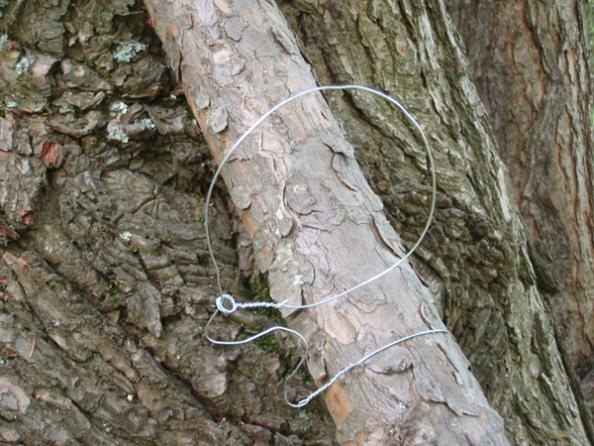When I remember my dreams, it’s usually because they’re nightmares. Last night’s series of scary dreams was no doubt brought on by the topic that I knew I’d be writing about today—escaping a sinking vehicle. I dreamt that I had to ditch my pick-up in a muddy and fast-flowing river. The vehicle had flipped over and I couldn’t find the switch to lower the window. The whole episode was gritty and hyperrealistic, I could actually feel the cold water. It was also frightening enough to wake me up. As I lay there, my heart went out to the people who had lived through that type of emergency, and the families of those who were lost this way.
Nightmare aside, this is one of the scariest and most dangerous vehicle scenarios, but there are steps that can get you out of this alive. Whether your truck slides off an icy road into a frozen lake, or your car goes off a bridge into a river, the risk of being trapped in the vehicle and drowning is high. In situations like these it’s easy to panic, which leads to the wasting of precious time and air. To survive, you’ll need to focus on tasks. Here’s how.
FIRST: Get your seat belt off after the initial impact with the water. Instruct any passengers to do the same. Cut the belts, if necessary. (You have a belt cutter, right?)
SECOND: Roll down one window. Many electrically powered systems and components in the modern automobile can continue operating in the event of a submerged vehicle accident. If the battery is still operational as the car or truck goes under, the electrical system could continue to work for up to three minutes (not that you have three minutes to spare!). Try the window button as soon as the vehicle has hit the drink and you are out of your seat belt. If it doesn’t work, be prepared to break the window with your escape tool. (You have a window breaker, right?)
THIRD: Fill your lungs with air, climb out of the vehicle, and swim to the surface. Make sure everyone is out. Be prepared to swim to shore, potentially pulling others with you if you are able to do so.
FOURTH: Get to solid ground. The chief exception to this is a swift-water scenario in which the vehicle has stopped moving and has not sunk. Climb onto the roof and signal for rescue. Trying to swim through fast moving water is too dangerous.











